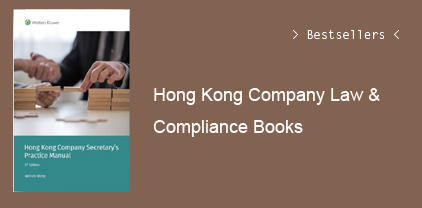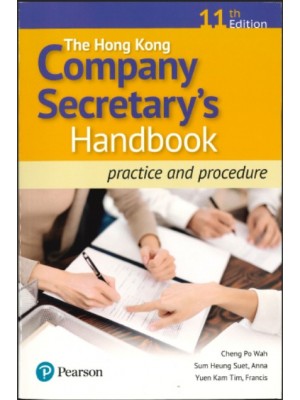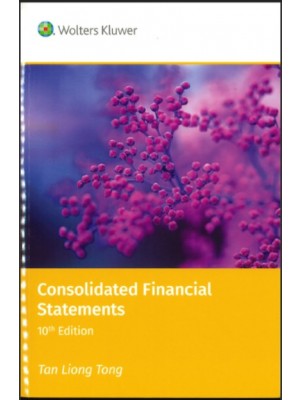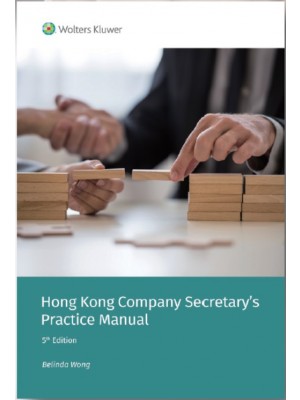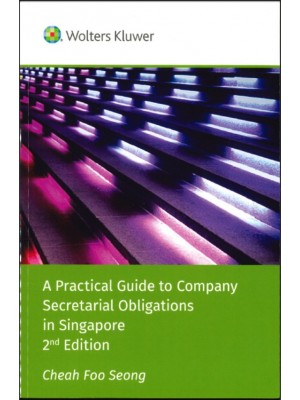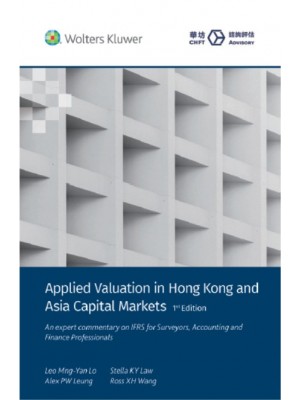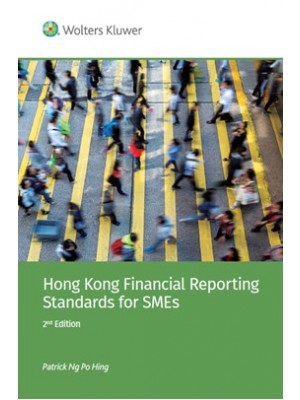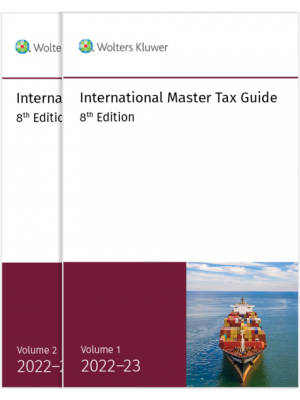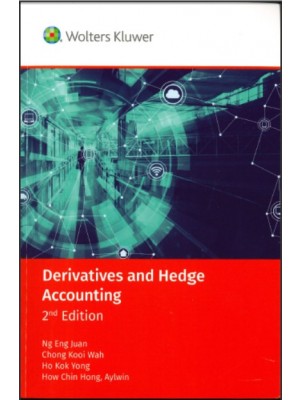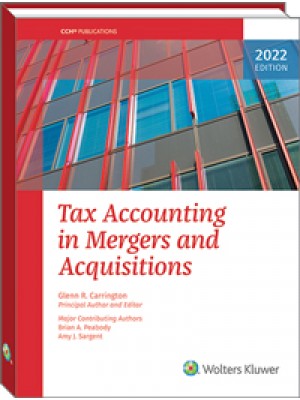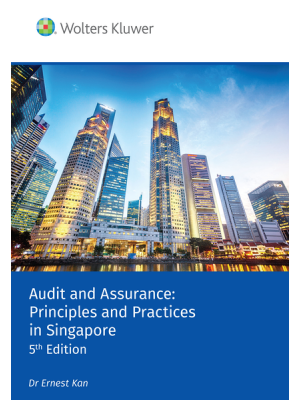Preface xi
Acknowledgements xix
PART I THEORY AND PRACTICE OF MODEL RISK MANAGEMENT
1 Understanding Model Risk 3
1.1 What Is Model Risk? 3
1.1.1 The Value Approach 4
1.1.2 The Price Approach 6
1.1.3 A Quant Story of the Crisis 9
1.1.4 A Synthetic View on Model Risk 17
1.2 Foundations of Modelling and the Reality of Markets 22
1.2.1 The Classic Framework 22
1.2.2 Uncertainty and Illiquidity 30
1.3 Accounting for Modellers 38
1.3.1 Fair Value 38
1.3.2 The Liquidity Bubble and the Accountancy Boards 40
1.3.3 Level 1, 2, 3 . . . go? 41
1.3.4 The Hidden Model Assumptions in ‘vanilla’ Derivatives 42
1.4 What Regulators Said After the Crisis 48
1.4.1 Basel New Principles: The Management Process 49
1.4.2 Basel New Principles: The Model, The Market and The Product 51
1.4.3 Basel New Principles: Operative Recommendations 52
1.5 Model Validation and Risk Management: Practical Steps 53
1.5.1 A Scheme for Model Validation 54
1.5.2 Special Points in Model Risk Management 59
1.5.3 The Importance of Understanding Models 60
2 Model Validation and Model Comparison: Case Studies 63
2.1 The Practical Steps of Model Comparison 63
2.2 First Example: The Models 65
2.2.1 The Credit Default Swap 66
2.2.2 Structural First-Passage Models 67
2.2.3 Reduced-Form Intensity Models 69
2.2.4 Structural vs Intensity: Information 72
2.3 First Example: The Payoff. Gap Risk in a Leveraged Note 74
2.4 The Initial Assessment 77
2.4.1 First Test: Calibration to Liquid Relevant Products 77
2.4.2 Second Test: a Minimum Level of Realism 78
2.5 The Core Risk in the Product 81
2.5.1 Structural Models: Negligible Gap Risk 82
2.5.2 Reduced-Form Models: Maximum Gap Risk 82
2.6 A Deeper Analysis: Market Consensus and Historical Evidence 85
2.6.1 What to Add to the Calibration Set 85
2.6.2 Performing Market Intelligence 86
2.6.3 The Lion and the Turtle. Incompleteness in Practice 86
2.6.4 Reality Check: Historical Evidence and Lack of it 87
2.7 Building a Parametric Family of Models 88
2.7.1 Understanding Model Implications 93
2.8 Managing Model Uncertainty: Reserves, Limits, Revisions 95
2.9 Model Comparison: Examples from Equity and Rates 99
2.9.1 Comparing Local and Stochastic Volatility Models in Pricing Equity Compound and Barrier Options 99
2.9.2 Comparing Short Rate and Market Models in Pricing Interest Rate Bermudan Options 105
3 Stress Testing and the Mistakes of the Crisis 111
3.1 Learning Stress Test from the Crisis 111
3.1.1 The Meaning of Stress Testing 112
3.1.2 Portfolio Stress Testing 113
3.1.3 Model Stress Testing 116
3.2 The Credit Market and the ‘Formula that Killed Wall Street’ 118
3.2.1 The CDO Payoff 118
3.2.2 The Copula 119
3.2.3 Applying the Copula to CDOs 122
3.2.4 The Market Quotation Standard 124
3.3 Portfolio Stress Testing and the Correlation Mistake 125
3.3.1 From Flat Correlation Towards a Realistic Approach 126
3.3.2 A Correlation Parameterization to Stress the Market Skew 131
3.4 Payoff Stress and the Liquidity Mistake 136
3.4.1 Detecting the Problem: Losses Concentrated in Time 137
3.4.2 The Problem in Practice 139
3.4.3 A Solution. From Copulas to Real Models 145
3.4.4 Conclusions 150
3.5 Testing with Historical Scenarios and the Concentration Mistake 151
3.5.1 The Mapping Methods for Bespoke Portfolios 152
3.5.2 The Lehman Test 156
3.5.3 Historical Scenarios to Test Mapping Methods 157
3.5.4 The Limits of Mapping and the Management of Model Risk 164
3.5.5 Conclusions 168
4 Preparing for Model Change. Rates and Funding in the New Era 171
4.1 Explaining the Puzzle in the Interest Rates Market and Models 171
4.1.1 The Death of a Market Model: 9 August 2007 173
4.1.2 Finding the New Market Model 174
4.1.3 The Classic Risk-free Market Model 178
4.1.4 A Market Model with Stable Default Risk 182
4.1.5 A Market with Volatile Credit Risk 192
4.1.6 Conclusions 200
4.2 Rethinking the Value of Money: The Effect of Liquidity in Pricing 201
4.2.1 The Setting 204
4.2.2 Standard DVA: Is Something Missing? 206
4.2.3 Standard DVA plus Liquidity: Is Something Duplicated? 207
4.2.4 Solving the Puzzle 207
4.2.5 Risky Funding for the Borrower 208
4.2.6 Risky Funding for the Lender and the Conditions for Market
Agreement 209
4.2.7 Positive Recovery Extension 210
4.2.8 Two Ways of Looking at the Problem: Default Risk or Funding
Benefit? The Accountant vs the Salesman 211
4.2.9 Which Direction for Future Pricing? 214
PART II SNAKES IN THE GRASS: WHERE MODEL RISK HIDES
5 Hedging 219
5.1 Model Risk and Hedging 219
5.2 Hedging and Model Validation: What is Explained by P&L Explain? 221
5.2.1 The Sceptical View 222
5.2.2 The Fundamentalist View and Black and Scholes 222
5.2.3 Back to Reality 224
5.2.4 Remarks: Recalibration, Hedges and Model Instability 226
5.2.5 Conclusions: from Black and Scholes to Real Hedging 228
5.3 From Theory to Practice: Real Hedging 229
5.3.1 Stochastic Volatility Models: SABR 231
5.3.2 Test Hedging Behaviour Leaving Nothing Out 232
5.3.3 Real Hedging for Local Volatility Models 238
5.3.4 Conclusions: the Reality of Hedging Strategies 241
6 Approximations 243
6.1 Validate and Monitor the Risk of Approximations 243
6.2 The Swaption Approximation in the Libor Market Model 245
6.2.1 The Three Technical Problems in Interest Rate Modelling 245
6.2.2 The Libor Market Model and the Swaption Market 247
6.2.3 Pricing Swaptions 250
6.2.4 Understanding and Deriving the Approximation 253
6.2.5 Testing the Approximation 257
6.3 Approximations for CMS and the Shape of the Term Structure 264
6.3.1 The CMS Payoff 265
6.3.2 Understanding Convexity Adjustments 266
6.3.3 The Market Approximation for Convexity Adjustments 267
6.3.4 A General LMM Approximation 269
6.3.5 Comparing and Testing the Approximations 271
6.4 Testing Approximations Against Exact. Dupire’s Idea 276
6.4.1 Perfect Positive Correlation 278
6.4.2 Perfect Negative Correlation 280
6.5 Exercises on Risk in Computational Methods 283
6.5.1 Approximation 283
6.5.2 Integration 285
6.5.3 Monte Carlo 285
7 Extrapolations 287
7.1 Using the Market to Complete Information: Asymptotic Smile 288
7.1.1 The Indetermination in the Asymptotic Smile 288
7.1.2 Pricing CMS with a Smile: Extrapolating to Infinity 292
7.1.3 Using CMS Information to Transform Extrapolation into
Interpolation and Fix the Indetermination 293
7.2 Using Mathematics to Complete Information: Correlation Skew 295
7.2.1 The Expected Tranched Loss 295
7.2.2 Properties for Interpolation 298
7.2.3 Properties for Turning Extrapolation into Interpolation 298
8 Correlations 303
8.1 The Technical Difficulties in Computing Correlations 303
8.1.1 Correlations in Interest Rate Modelling 305
8.1.2 Cross-currency Correlations 307
8.1.3 Stochastic Volatility Correlations 312
8.2 Fundamental Errors in Modelling Correlations 315
8.2.1 The Zero-correlation Error 316
8.2.2 The 1-Correlation Error 319
9 Calibration 323
9.1 Calibrating to Caps/Swaptions and Pricing Bermudans 324
9.1.1 Calibrating Caplets 325
9.1.2 Understanding the Term Structure of Volatility 326
9.1.3 Different Parameterizations 329
9.1.4 The Evolution of the Term Structure of Volatility 332
9.1.5 The Effect on Early-Exercise Derivatives 334
9.1.6 Reducing Our Indetermination in Pricing Bermudans: Liquid
European Swaptions 335
9.2 The Evolution of the Forward Smiles 340
10 When the Payoff isWrong 347
10.1 The Link Between Model Errors and Payoff Errors 347
10.2 The Right Payoff at Default: The Impact of the Closeout Convention 348
10.2.1 How Much Will be Paid at Closeout, Really? 350
10.2.2 What the Market Says and What the ISDA Says 352
10.2.3 A Quantitative Analysis of the Closeout 353
10.2.4 A Summary of the Findings and Some Conclusions on
Payoff Uncertainty 360
10.3 Mathematical Errors in the Payoff of Index Options 362
10.3.1 Too Much Left Out 364
10.3.2 Too Much Left In 365
10.3.3 Empirical Results with the Armageddon Formula 365
10.3.4 Payoff Errors and Armageddon Probability 367
11 Model Arbitrage 371
11.1 Introduction 371
11.2 Capital Structure Arbitrage 373
11.2.1 The Credit Model 373
11.2.2 The Equity Model 375
11.2.3 From Barrier Options to Equity Pricing 377
11.2.4 Capital-structure Arbitrage and Uncertainty 381
11.3 The Cap-Swaption Arbitrage 391
11.4 Conclusion: Can We Use No-Arbitrage Models to Make Arbitrage? 394
12 Appendix 397
12.1 Random Variables 397
12.1.1 Generating Variables from Uniform Draws 397
12.1.2 Copulas 397
12.1.3 Normal and Lognormal 398
12.2 Stochastic Processes 399
12.2.1 The Law of Iterated Expectation 399
12.2.2 Diffusions, Brownian Motions and Martingales 400
12.2.3 Poisson Process 403
12.2.4 Time-dependent Intensity 404
12.3 Useful Results from Quantitative Finance 405
12.3.1 Black and Scholes (1973) and Black (1976) 405
12.3.2 Change of Numeraire 407
Bibliography 409
Index 417



